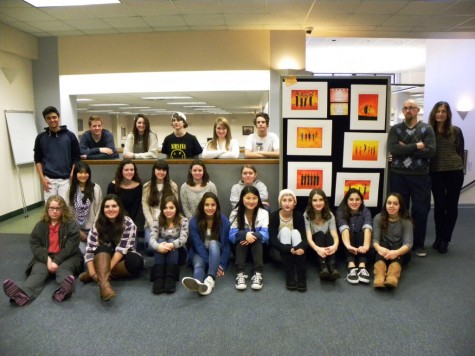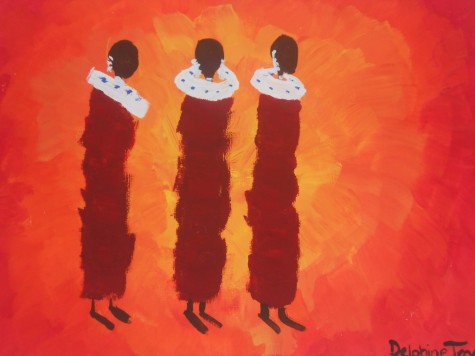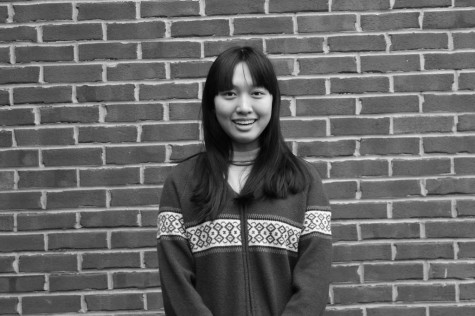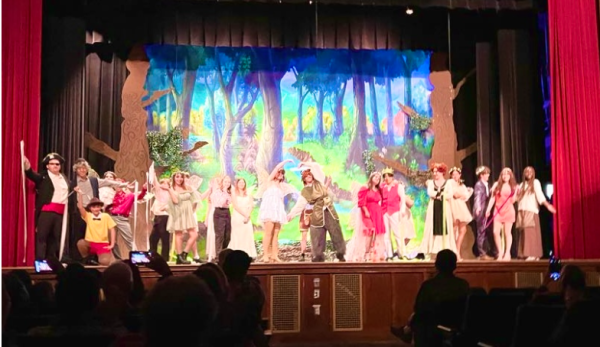The Maasai warriors step into paintings
February 3, 2015
Dancing in flaming pools of bright yellow and fluorescent orange, the slender dark figures of African warriors contrast with their glowing background and bring a touch of warmth to Glen Rock on these snowy days. They are glimpses of a culture that is teeming with vivacity and life: the Maasai Warriors in Tanzania, Africa.
After successfully collaborating with sculpture teacher Nicole Emond last year on clay sculptures of the warriors, Media Center Specialist Linda Hartman worked with art teacher Scott Kupka and his Art Major I students this year to create the Tinga Tinga paintings that now adorn the entrance to the Media Center.
Tanzanian artist Edward Tinga Tinga was famed for his use of brightly colored bicycle paint to depict the diverse animal life and landscape of Africa. Inspired by his work, Tinga Tinga’s students experimented with his process and born was the style now known as Tinga Tinga-named by his students in honor of their teacher.
A visit to Tanzania in the summer of 2014 was the inspiration for this year’s project. While there, Hartman organized a special trip with her guide to visit the Maasai warriors and spend an entire day with them.
She recalls the energy she felt there, saying that the warriors were very colorful, friendly, and active. She also vividly remember the roadside stands where local artists sold their beautiful paintings of the Maasai. She said that the paitnings that she saw “were the premise of this project.”
Inspired, she bought a painting and used it as an example for the art students.
The work began with a presentation from Hartman to the students about their project. It involved showing them photographs of the Maasai and a video of their special ‘Jumping Dance.’ Upon viewing the presentation, the students set to work experimenting with this different form of art, taking into consideration the simplistic designs as well as solid colors and bold contrasts.
“The students were previously working with more rigid techniques such as stippling with ink and pointillism,” Kupka said. ”Transitioning from their current studies to working with Tinga Tinga style paintings will give students new ways to express themselves.”
When Hartman contacted Kupka earlier this year to talk about this project, “he immediately said yes,” she recalled.
For Kupka, the project presented a great opportunity.
“Western art, such as Leonardo’s Mona Lisa, is what most people think of when the word ‘art’ comes to mind. A preconceived notion of what looks ‘right’ is immediately instilled in our minds,” he said. “Creating work in a style such as Tinga Tinga allows us to break away from something we are used to.”
Although the study of the Maasai and other African cultures is a never ending process, this project is one of steps in which the students will take to develop an appreciation and better understanding. This was not only a an artistic study for the students but also a cultural experience. Both Kupka and Hartman agreed that this project was a success.
“My goal for the project was to bring an experience to students that they may not have had and expose them to a lifestyle that exists today in other parts of the world,” Hartman said.







